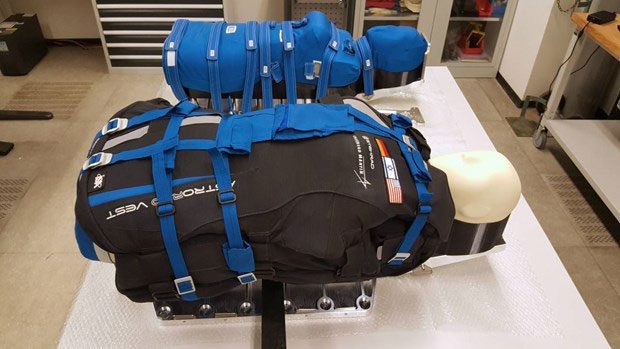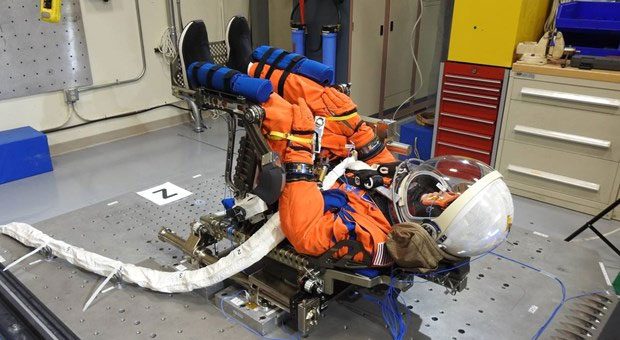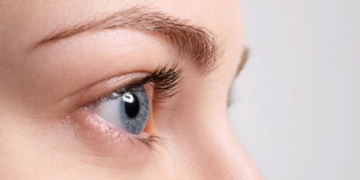NASA has launched two mannequins into space as the first step in an ambitious plan to return humans to the Moon.
As part of NASA’s Artemis I mission, two mannequins have been sent into space to test and support the goal of bringing humans back to the Moon.
When the Artemis I mission was deployed last week, marking the first step in the ambitious plan to return humans to the Moon, the U.S. National Aeronautics and Space Administration (NASA) sent two female mannequins aboard the Orion spacecraft.
The inclusion of these “astronauts” serves a clear purpose: to measure the effects of space radiation on women’s bodies.
The Artemis I mission and the aforementioned mannequins are part of NASA’s broader plan to establish a long-term base on the Moon.

The two female mannequins Helga and Zohar launched into space. (Source: NASA).
This base will ultimately serve as a space link to help transport humans to Mars.
To achieve this goal, NASA will need both women and individuals from diverse racial backgrounds to participate in the missions. In fact, NASA has plans to send women and people of color to the lunar surface for the first time.
“It is an incredible sight to witness the Space Launch System (SLS) rocket and the Orion spacecraft flying together for the first time. This uncrewed test flight will push Orion to its limits in the harsh environment of deep space, helping us prepare for human exploration on the Moon and ultimately Mars,” said NASA official Bill Nelson.
One of the major challenges faced in returning to the Moon or conducting deep space missions is the long-term effects of space on the human body. This is an area we still do not fully understand.
So far, only 12 people have walked on the lunar surface, all of whom were astronauts in the U.S. Apollo program, which lasted from 1969 to 1972, and all were white.
The longest any individual has spent away from Earth, mostly inside the protective shell of a spacecraft, is about 14 months.
Thus, we fundamentally lack a great deal of information about how long-term living in extraterrestrial environments, such as lunar walks, will impact humans.
Therefore, the primary purpose of including mannequins in the Artemis I mission is to determine the best ways to protect astronauts.
The information gathered will be invaluable in preparing for the Artemis II mission, scheduled for 2024. In this mission, the Orion spacecraft will carry human astronauts on a lunar flyby.
One of the biggest concerns for NASA and its partners in Europe, Canada, and Japan is the impact of space radiation.
Without the protective magnetic field of Earth, humans in space are at risk from energetic particles from the Sun.
Protons ejected from the Sun at extremely high speeds can damage cells and harm human DNA. This can increase astronauts’ risk of cancer, along with other effects on organs such as the heart and brain.
According to the German Aerospace Center, this risk is believed to be higher for women, as certain body parts, such as the chest area, are more sensitive to radiation compared to men.
This is where the two female mannequins, named Helga and Zohar, come into play. They are specially designed to measure the levels of cosmic radiation affecting women’s bodies in space. Helga and Zohar do not have complete bodies, consisting only of heads and torsos. However, these parts are modeled with materials similar to human organs, bones, and soft tissues.
The only difference between the two mannequins is that Zohar will wear a radiation protection suit called AstroRad, while Helga will not. This is to test the impact of protective clothing on future astronauts. Both will be connected to various sensors, allowing scientists to measure the effects of cosmic radiation.

Seated in the command chair of the mission is the mannequin Moonikin Campos. (Source: NASA).
The command seat on Artemis I is occupied by another mannequin, a male named Moonikin Campos. This mannequin is equipped with its own radiation sensors.
Moonikin Campos is also wearing a suit known as the Orion Crew Survival System, which is the same suit that astronauts will wear on future human missions to the Moon.
The data collected from all three mannequins will enable NASA and its partners to better prepare for protecting the health of astronauts, ensuring they are ready for challenging missions such as landing on the Moon and, in the future, venturing into deep space.





















































